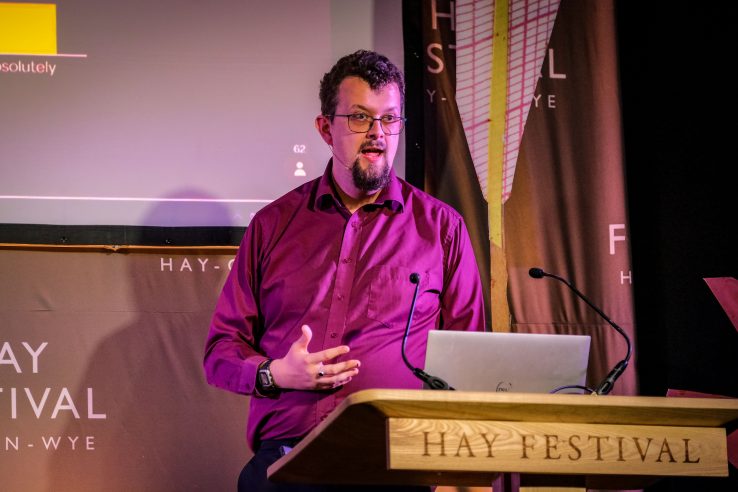Meet the Researcher – Thomas Woolley
18 October 2023
Dr Thomas Woolley is a Mathematical Biologist within the School of Maths. We asked him a series of questions to find out more about his research and how he is making a difference to society:
1) What is your main area of research?
“I am a Mathematical Biologist, so I am very happy to meet with biologists, ecologists, medics, clinicians, etc. and discuss with them how I can apply my mathematical techniques to understand their challenges.
“Although I’ve worked on projects as diverse as brain tumour invasion, bat tracking, cellular motion and COVID my passion is working on the mathematics that underpin pattern formation on animal skins. Namely, how does the zebra get its stripes?”
2) Why did you become a researcher/academic?
“There was that one teacher in secondary school that really made mathematics sing for me and I wanted to know more. Mathematics at university then built on my ideas of rigour and instilled a true understanding of how beautiful a proof could be. But nothing really grabbed me until the third-year undergraduate course in Mathematical Biology. For the first time we were actually using mathematics to do something beyond the abstract. My lecturer demonstrated that you don’t need the most difficult or cutting-edge mathematics to say something extremely useful and powerful about a biological mechanism.
“Additionally, a module on pattern formation, which stemmed from the mathematics of Alan Turing, blew me away. I knew that was what I wanted to study in my life. The mathematics and the final product were both incredibly beautiful.”
3) What are your biggest highlights?
“My research has been given numerous awards, but my personal highlights are seeing the developments of my graduate students. Seeing them achieve their goals is extremely rewarding after all the mentoring and nurturing of ideas. It’s always a great feeling when you stop teaching them and they transform into collaborators with their own expert knowledge.
“Beyond being a researcher, I am keenly involved with mathematical outreach and have presented at science festivals, museums and schools around the world. Two experiences that particularly standout are being invited to present at the Museum of Mathematics in New York and opening the Second Annual Athens Science Festival. More recently, I have been doing maths workshops and raising aspirations with the University’s Grangetown project and Cardiff Prison.”
4) How does your research make a difference?
“During the pandemic 2019-2022 I was tasked to answer three questions provided by the Welsh Government, attend weekly Welsh Government Technical Advisory Groups for both Policy and Environment committees and be a part of the Cardiff testing response scientific panel.
“The environmental impact work allowed my students to win £3,000 from a NERC sponsored hackathon. This work focused on optimising seating placement on public transport under social distancing, working with organisations such as Transport for Wales and Next plc. The work on secondary infections was picked up by several news media outlets including The Telegraph and The Independent and presented at the Hay Festival.
“The work was also presented to the Joint Universities Pandemic and Epidemiological Research (JUNIPER) Consortium and issued to the Scientific Pandemic Influenza Group on Modelling (SPI-M). Thus, this work impacted the development of local and UK-wide policy making.”
5) What are the next steps for your research?
“My research always has two directions that I’m interested in following. Firstly, I am always wanting to advance my understanding in the region of pattern formation and, secondly, I want to find new external collaborators with interesting topics that I can apply my mathematics to.”
6) Do you have any advice for future students considering becoming a researcher?
“If mathematical biology is your passion do a course, or dissertation, in something else first, before you focus on a doctorate in math biology. What I am finding is that it is not ‘new ideas’ that push our field forward, it is ‘old’ ideas from other fields that find a new niche in math biology and they push our understanding forward.”